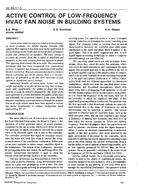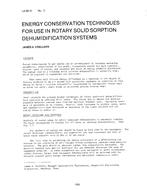Industry standard practices for fire detection are well established for buildings but there is a lack of understanding and experience for specific infrastructure such as railway tunnels. A series of live tests have been conducted over a six month period to identify the strengths and weaknesses of several fire detection technologies including linear heat detectors, aspirating smoke detectors, and infrared radiation detectors. Each system was installed in an active railway tunnel and evaluated based on its relative performance under different scenarios of fire/smoke, airflow and tunnel operation conditions.
The objective was to understand which current technology is best suited for the rail tunnel environment, what are the maintenance requirements, nuisance alarm sensitivity and optimal setpoints. Quick detection of such fires is of vital importance so the emergency ventilation systems can be promptly activated after confirmation allowing for effective smoke control and assist with first responders operation.
During the test fires, the detection abilities of different devices, alarm time, and test conditions were recorded. Tunnel airflows, temperatures, humidity, and video images were captured. Testing during normal train operating conditions were conducted for six months without maintenance of detection equipment in the tunnel. Data was collected and analysed for nuisance alarm conditions and resilience to different airflow conditions (train piston effect, maintenance ventilation, etc.).
It was demonstrated that fire alarm setpoints are critically important for timely and reliable fire detection and prevention of nuisance alarms, and may differ from standard setpoints used in other environments.
Citation: 2021 Virtual Conference Papers
Product Details
- Published:
- 2021
- Number of Pages:
- 8
- Units of Measure:
- Dual
- File Size:
- 1 file , 1.4 MB
- Product Code(s):
- D-VC-21-C050


